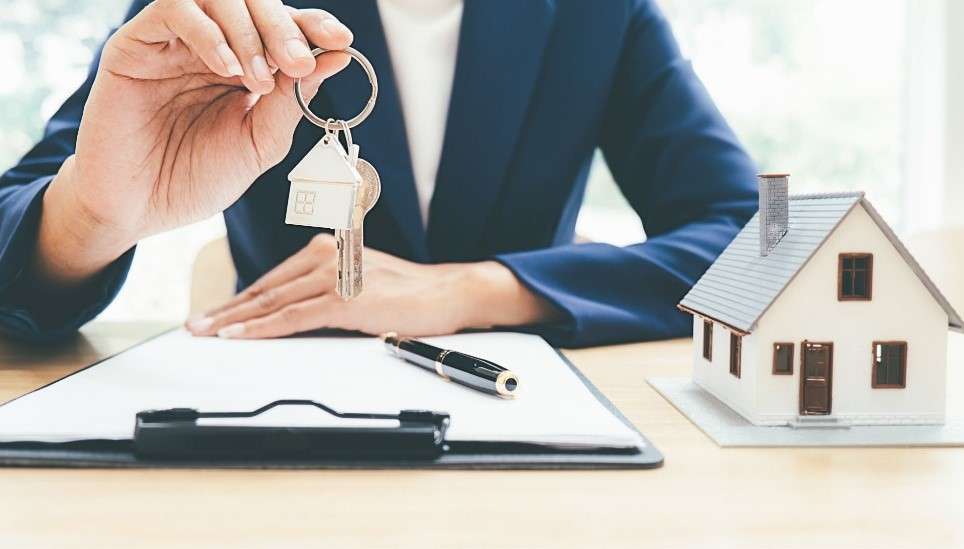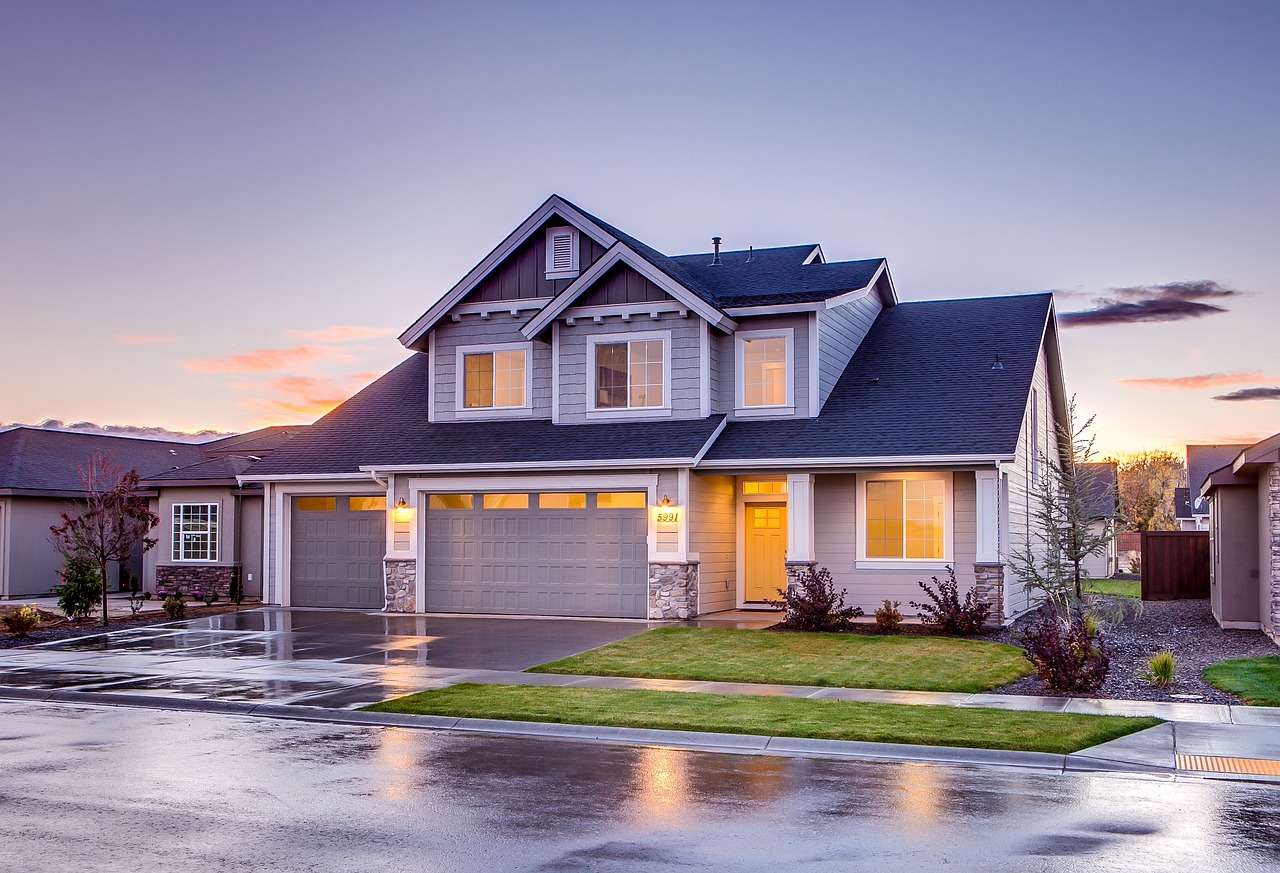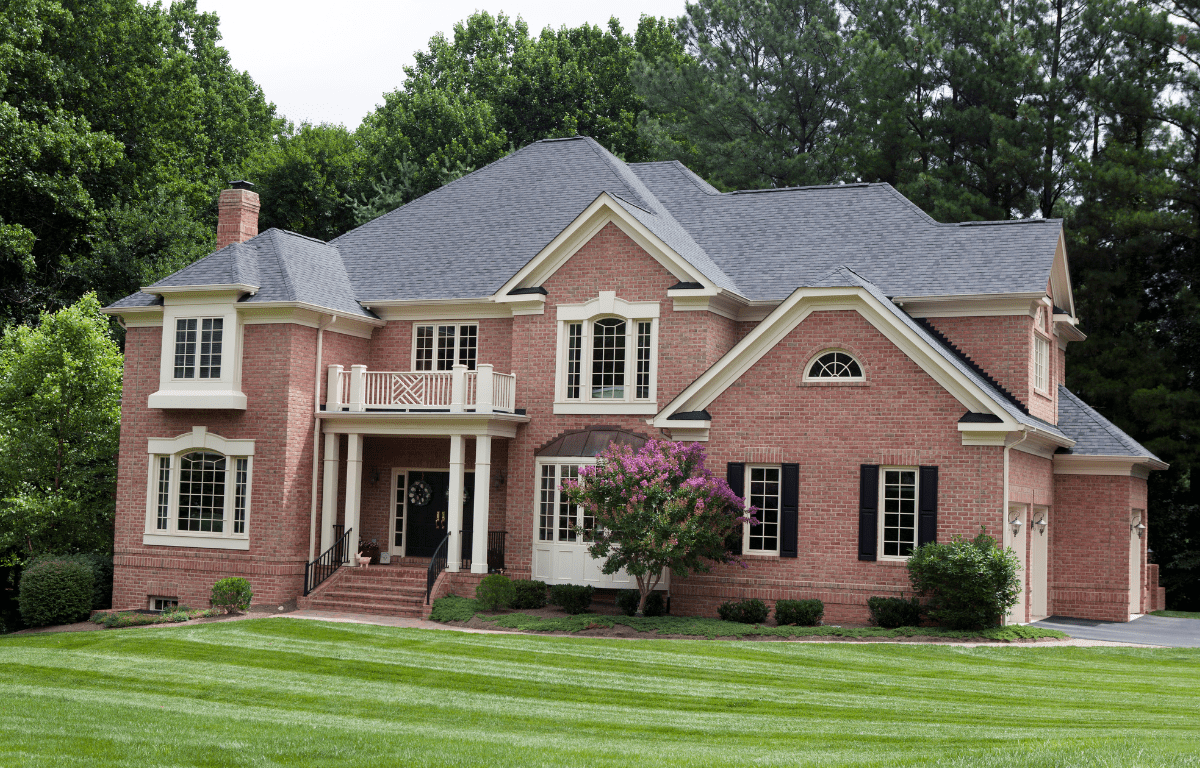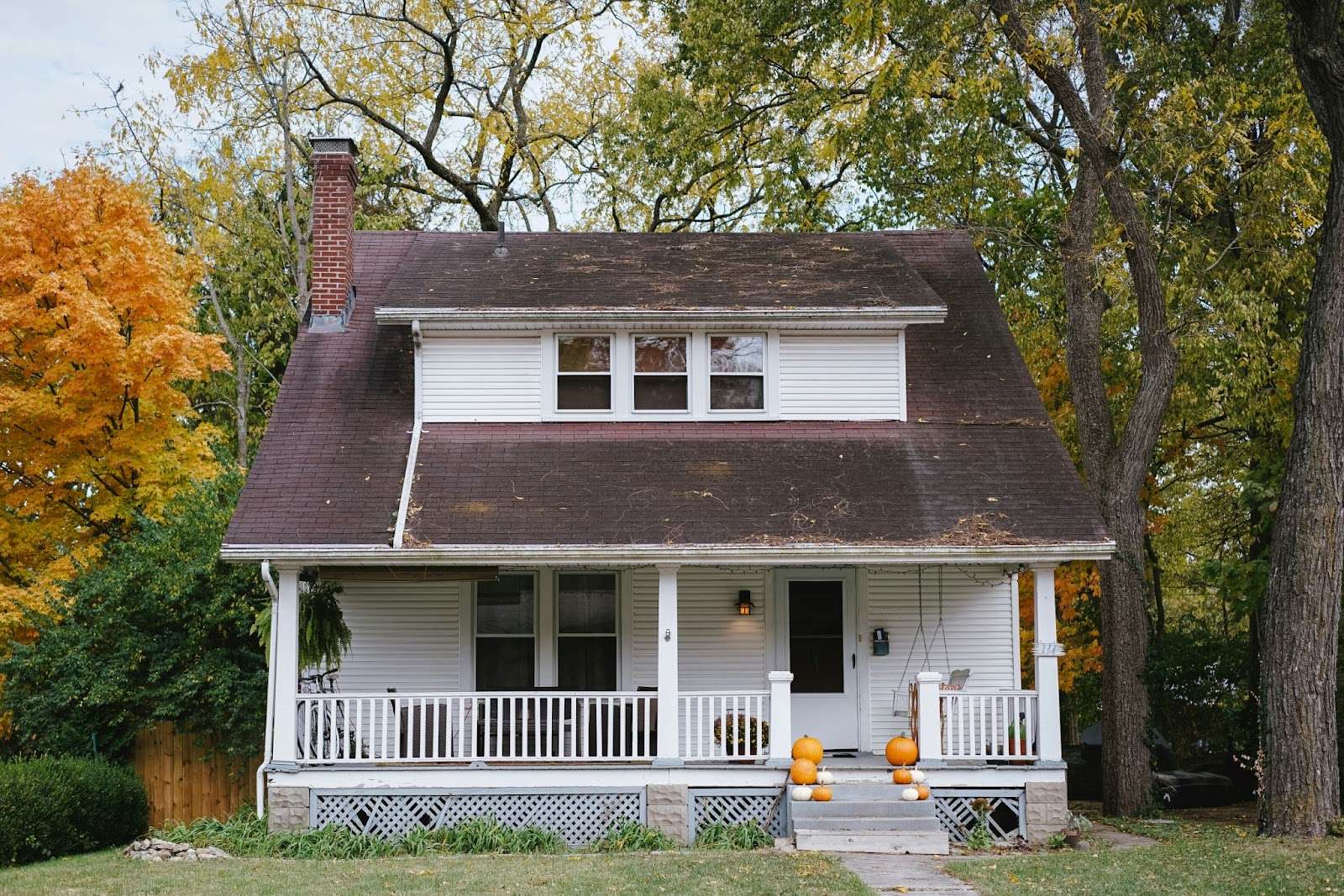Real estate development stands as a cornerstone in shaping the landscape of our cities and communities. Amidst the global environmental challenges, the imperative shift towards sustainable development has gained prominence. The fusion of economic, social, and environmental factors has redefined our approach to conceiving, designing, and erecting buildings. Sustainable real estate development now stands as a pivotal force in crafting a more resilient and eco-friendly future.
Grasping Sustainable Real Estate Development
Sustainable real estate development seamlessly integrates environmentally responsible practices across a building’s lifecycle—spanning from inception and construction to operation and eventual decommissioning. Its core objectives lie in minimizing environmental impact, amplifying resource efficiency, and nurturing healthier living environments.
Core Tenets of Sustainable Development in Real Estate
Energy Efficiency: Buildings account for a significant share of global energy consumption. Sustainable real estate emphasizes curbing energy demand through strategic design, leveraging renewable energy sources, and implementing intelligent technologies.
Water Conservation: Integrating water-efficient fixtures, harnessing rainwater, and employing landscaping methods that curtail water usage form integral components of sustainable development.
Material Selection: Opting for eco-friendly materials, minimizing waste through recycling and reuse, and adopting sustainable construction practices play pivotal roles in diminishing the environmental footprint.
Site Selection and Planning: Wise site selection, urban planning encouraging walkability, public transportation, and green spaces serve as backbone in sustainable real estate development.
Health and Well-being: Prioritizing indoor air quality, natural lighting, and fostering spaces conducive to physical and mental well-being ensures an enhanced environment for occupants.
Advantages of Sustainable Real Estate Development
Environmental Impact Mitigation: Sustainable practices culminate in reduced carbon emissions, lower energy consumption, and minimized waste generation, thereby contributing significantly to a healthier environment.
Economic Benefits: While the initial investment might be higher, sustainable buildings often yield long-term cost savings through reduced energy bills, lower maintenance expenses, and augmented property value.
Enhanced Quality of Life: Sustainable buildings offer superior indoor air quality, natural illumination, and ergonomic designs, positively impacting the health and productivity of inhabitants.
Market Demand and Competitive Edge: The escalating focus on environmental consciousness has elevated the demand for properties designed and built sustainably, granting them a competitive edge in the market.
Influential Trends in Sustainable Real Estate Development
Green Building Certifications
Certifications like LEED, BREEAM, and WELL Building Standard have evolved into benchmarks for sustainable real estate projects, guiding developers towards environmentally responsible practices like eighteenpk.com
Integration of Technology
Integration of technologies such as smart energy management systems, IoT sensors, and AI-driven building controls optimizes resource utilization, thereby enhancing a building’s sustainability.
Embracing Circular Economy Principles
Adopting principles of the circular economy involves reducing, reusing, and recycling materials throughout a building’s lifecycle, minimizing waste and maximizing resource efficiency.
Challenges Encountered in Implementing Sustainable Real Estate Practices
While the benefits of sustainable development are evident, several challenges prevent its general adoption:
Initial Cost: Higher upfront costs for sustainable materials and technologies might dissuade some developers despite the potential long-term savings.
Regulatory Barriers: Inconsistent regulations and lack of incentives in certain regions can hinder the implementation of sustainable practices.
Limited Awareness: The lack of awareness among stakeholders—developers, investors, and consumers—about the benefits and techniques of sustainable real estate development poses a significant challenge.
Case Studies Showcasing Sustainable Real Estate
The Edge, Amsterdam
Renowned as the world’s most sustainable office space, this innovative building incorporates energy-generating facades, rainwater harvesting, and smart lighting systems, achieving remarkable energy efficiency and employee satisfaction.
One Central Park, Sydney
A residential and retail complex that embodies vertical gardens and solar panels, seamlessly blending nature with urban living, and setting new benchmarks for sustainable urban development.
Conclusion
Sustainable real estate development is not merely a passing trend but a necessity in combating climate change and nurturing healthier, more resilient communities. By embracing sustainable principles, real estate developers like Reportage Properties KSA can significantly contribute to shaping a greener future. Collaboration between governments, businesses, and individuals is pivotal in overcome challenges and prioritizing sustainability in all future real estate endeavors. The future of real estate lies not just in erecting structures but in fostering sustainable and flourishing ecosystems for generations to come.










